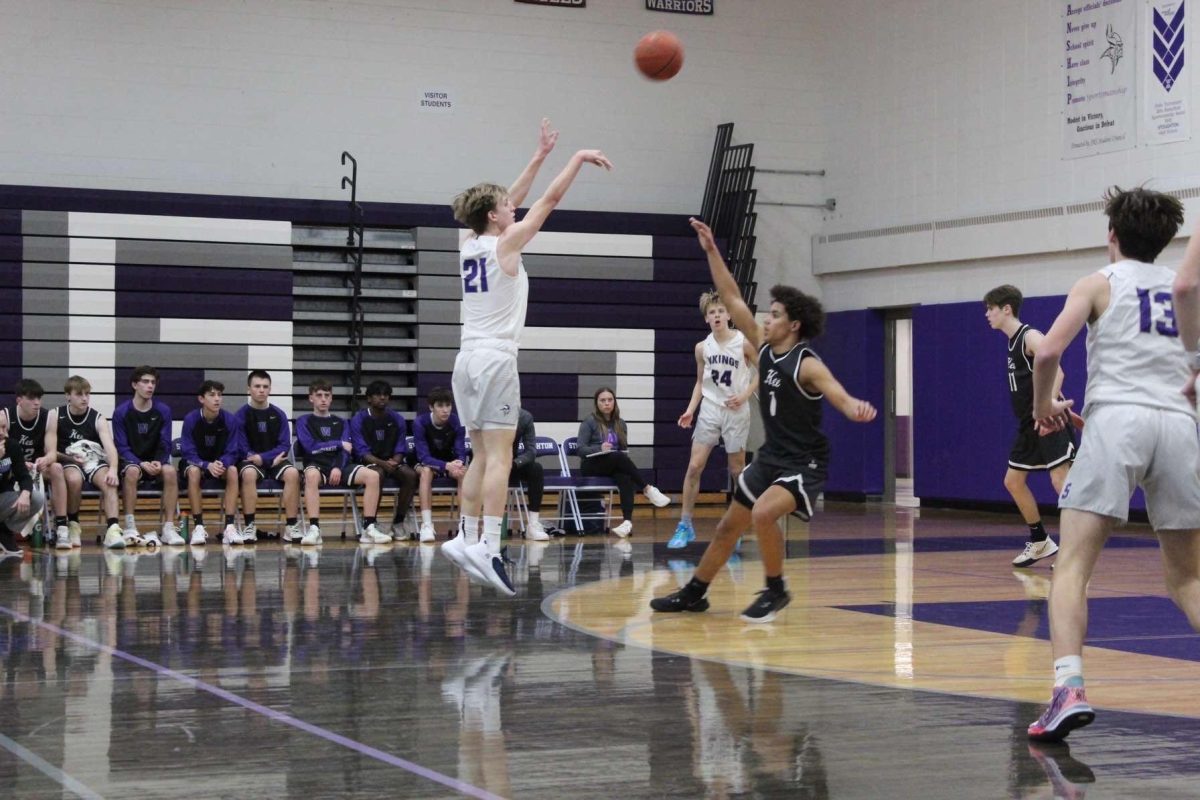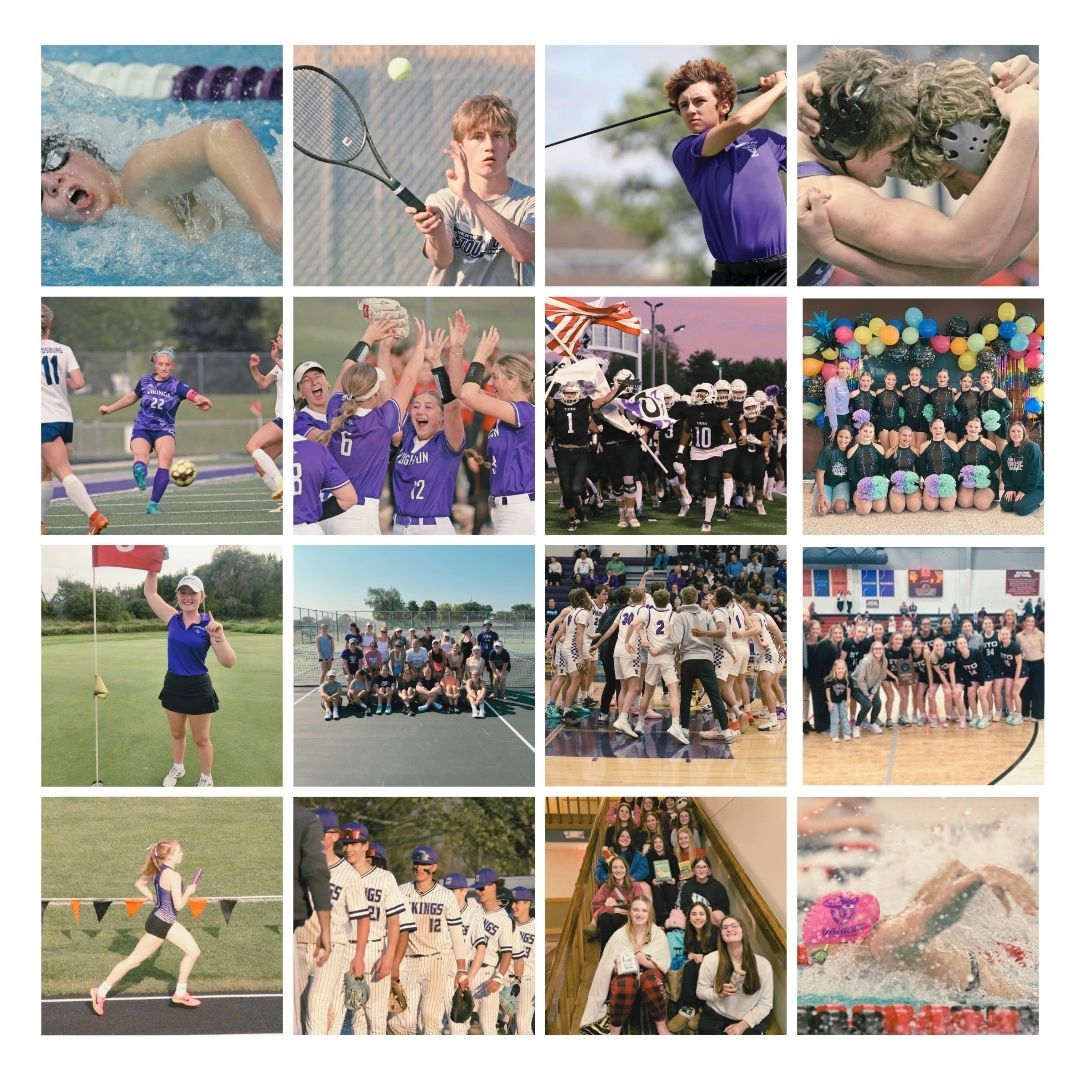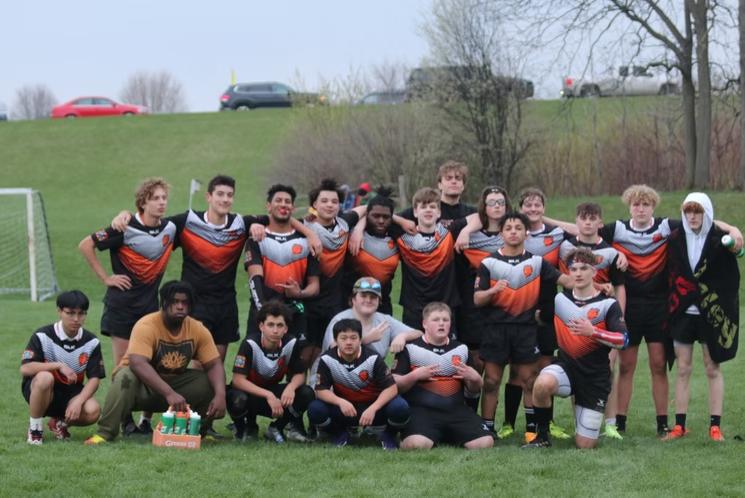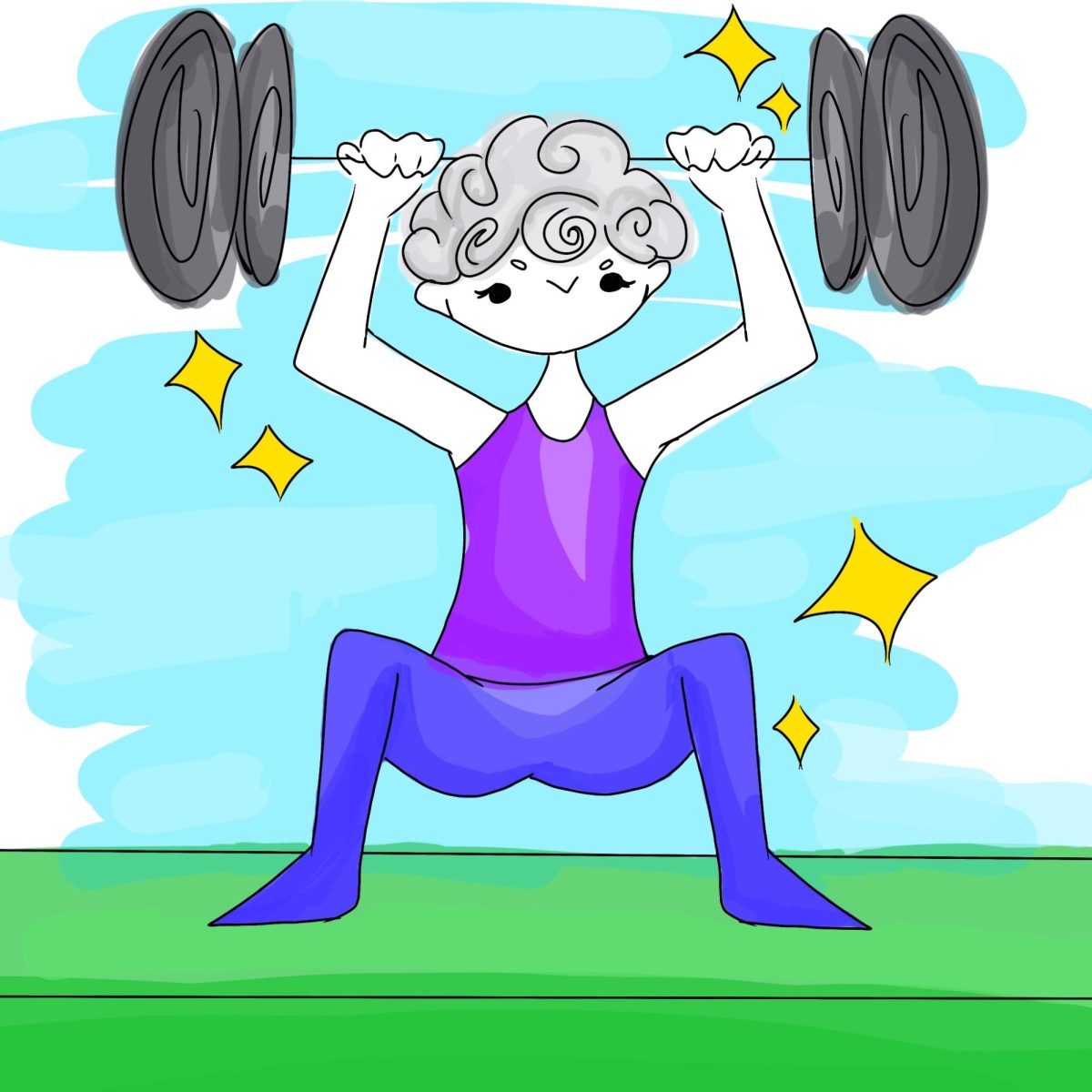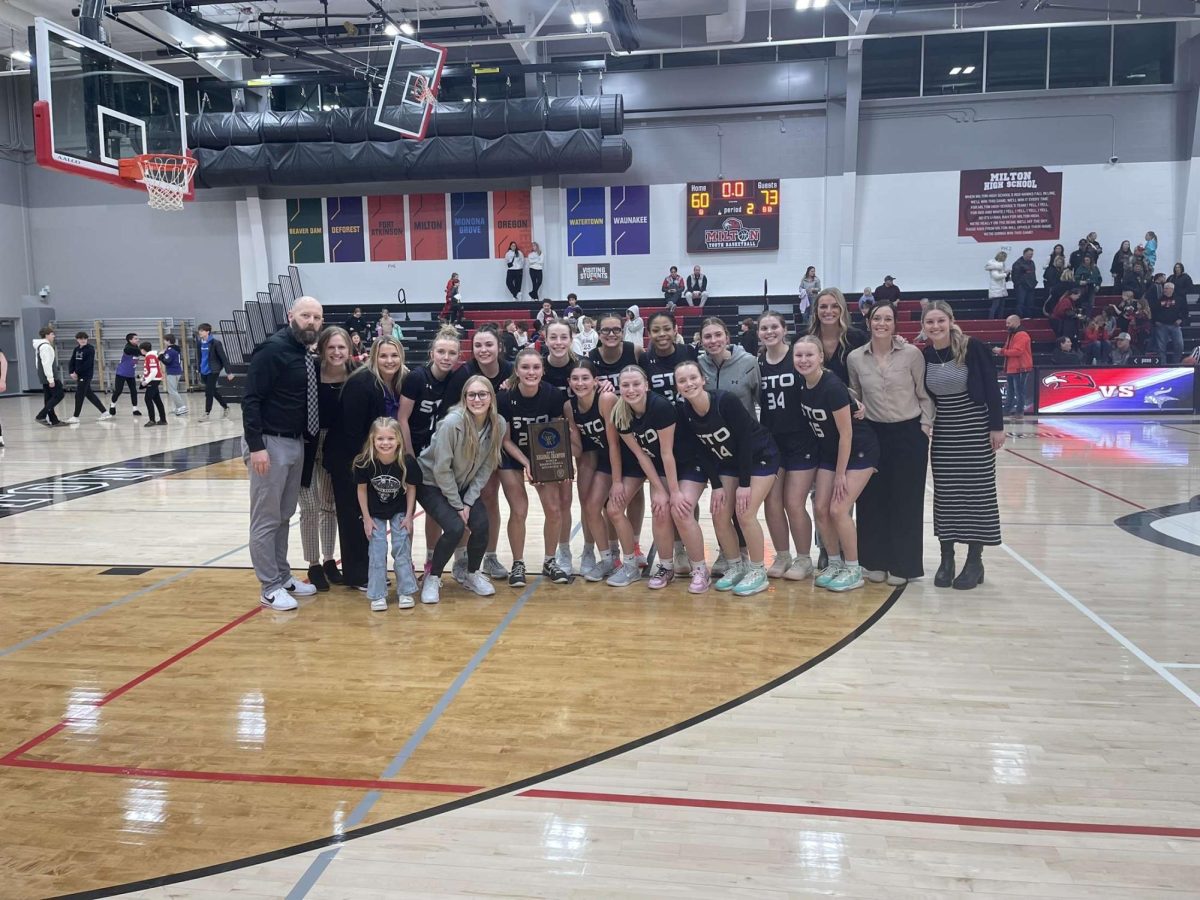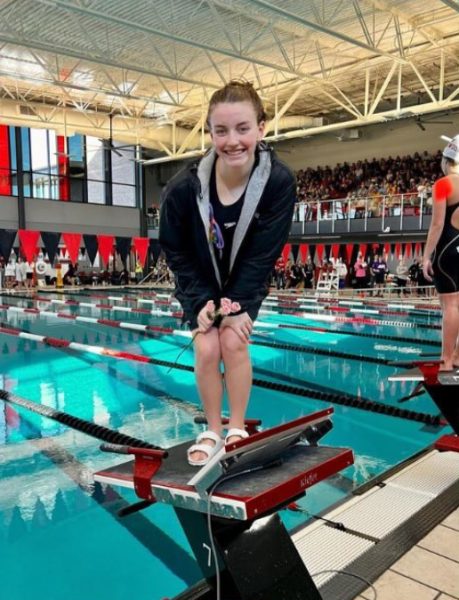In sports, injuries are an unavoidable part of the game. Whether it is a minor sprain, torn ligament or fractured bone, the recovery process presents physical and emotional challenges for athletes. Returning from an injury is not only about physical rehab but also about the mental strength it takes.
At Stoughton High School, many athletes have hurt themselves during practice or a game and had to begin a road to recovery, whether it was days, weeks or months.
Becca Royston, a junior at SHS, tore her ACL during her freshman year.
“I was playing a JV 2 basketball game and was running down the court and I fell underneath the basket.” Royston said, “I was crying really bad, just holding my knee.”
Royston started rehab with the SHS athletic trainer, Sam Nauer, but she still did not know what had happened to her knee.
“They told me my ACL was intact, but they did not know what happened.” Royston said, “I did rehab with Sam for a while and was getting better. I even started running again, but my leg was lagging behind, so something was obviously not right.” When Royston met with Dr. Deanne Eccles-Rotar, she faced the possibility of knee surgery.
“Dr. Eccles told me that I could have torn my mencius, and she started talking about knee surgery,” Royston said. “But the tests she did hurt really bad, which made me realize that something was actually wrong.”
Royston had to wait for MRI results to confirm what no one else had been able to.
“I was at a team dinner when my mom called and said I needed to come home; that is when I knew that something was seriously wrong,” Royston said. “When I got home, my mom told me I was going to need surgery and that I tore my ACL.”
Another SHS junior, Andy Perkins, had a similar experience with his ACL injury, but he is still recovering.
The average recovery time for an ACL surgery is 9-12 months. The period can be shorter or longer depending on the severity of the injury. Royston was able to return about nine months after her surgery, but her predicted recovery time was supposed to be around 12 months. The earliest people can return to playing competitively is nine months after surgery.
According to Perkins, one of the hardest parts of recovery is not having the motivation.
“The recovery process is hard; it’s hard to have the motivation to get up every day and do the same things over and over.” Perkins said, “It’s hard to think about where you once were and how you will return to that level. My dad always tells me life is full of hard things, but how you respond to them shows what kind of person you are.”
For Royston, the most challenging part about returning was the mental aspect.
“I came back after eight and a half months, but I wish I would not have because it really messed with me mentally,” Royston said. “They do a bunch of tests to make sure you are physically ready to return, but my first game back I just sat on the bench the whole time because I was so emotional. They told me that there was a one-in-four chance that I could tear my ACL again, and that was sitting in the back of my mind the whole time.”
While injuries may present many physical and mental challenges for athletes, they also allow them to set goals.
“I’m still in the recovery process, but starting to come back and practice with the team. I have realized that the hardest part about it all is when you first step back onto the court and realize you are not the same player anymore, at least not yet,” Perkins said. “It is hard to see yourself running and moving fast when you could not even walk a couple of months ago. I think that is also the best thing; it gives you a goal. It makes you want to be better than you were before.”


